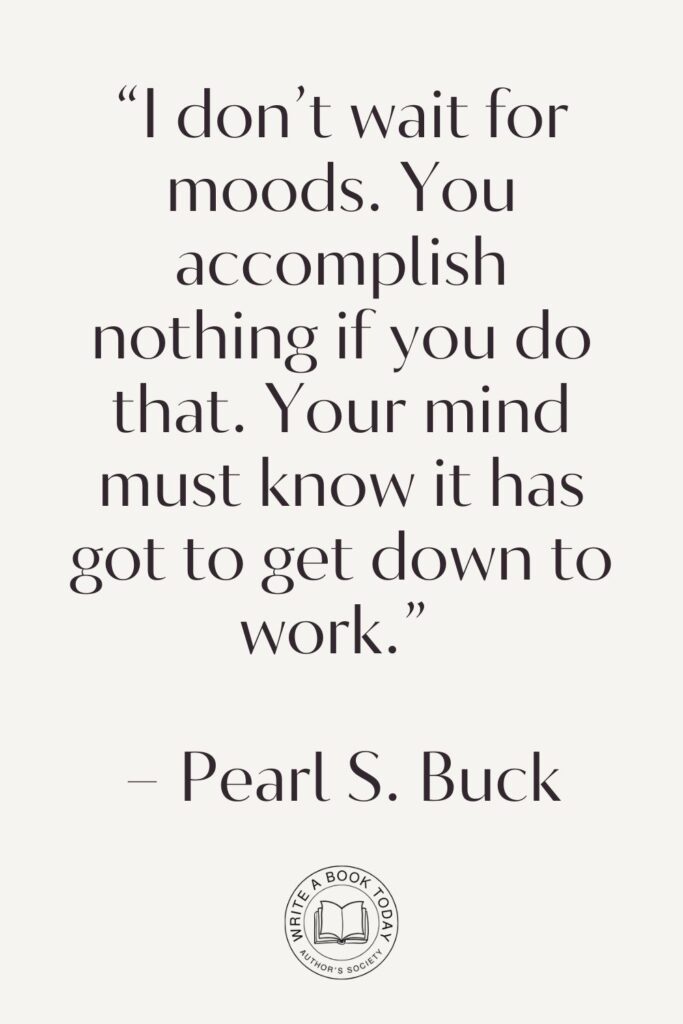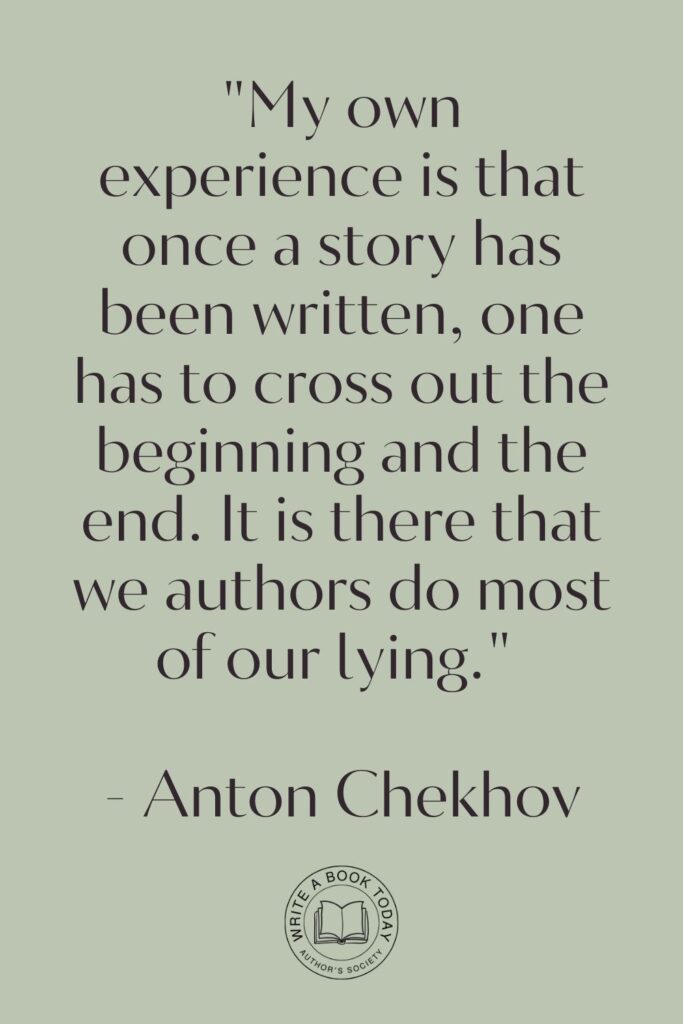Have you ever felt like your first draft is a rough diamond, waiting to be polished into a sparkling gem? – You’re not alone.
The editing process is where the magic happens, transforming your raw ideas into a cohesive, compelling narrative.
Whether you’re writing a novel, an article, or even a blog post, editing is a crucial step that can elevate your work from good to great.
But how do you approach this daunting task?
Fear not, as we guide you through ten expert steps to refine your first draft into a masterpiece.
Understanding the Editing Process
The editing process is much like sculpting; it involves chipping away at the unnecessary bits to reveal the true form of your creation.
It’s about refining your voice, clarifying your message, and ensuring your words resonate with your audience.
But before you dive in, it’s essential to understand the different facets of editing and how they contribute to the final product.
The Importance of Taking a Break
Before you even think about editing, step away from your work. Give yourself time to detach emotionally and gain perspective.
A break allows you to return with fresh eyes, ready to spot inconsistencies and areas for improvement.
Think of it as letting a fine wine breathe before tasting – it enhances the experience.
Taking a break isn’t just about stepping away; it’s about recharging your creative batteries.
Engage in activities that inspire you, whether it’s reading, taking a walk, or exploring new hobbies.
This time away will help you see your draft in a new light, revealing its strengths and weaknesses.

Preparing Your Mindset for Editing
Approach editing with a positive and open mindset. Embrace the idea that your draft is a work in progress, and every change you make is a step towards perfection.
Remember, even the greatest authors revise their work multiple times before it reaches the final version. Be kind to yourself and patient with the process.
Consider setting specific goals for each editing session. Whether it’s focusing on character development, plot consistency, or dialogue enhancement, having a clear objective can keep you motivated and on track.
The Role of Feedback in Editing
Feedback is a valuable tool in the first draft editing process. It provides insights into how your work is perceived by others and highlights areas you might have overlooked.
Seek feedback from trusted peers, writing groups, or professional editors. Be open to constructive criticism and use it to refine your draft.
When receiving feedback, remember that not all suggestions need to be implemented.
Consider each piece of advice carefully and decide what aligns with your vision.
Use feedback as a guide, not a rulebook, to enhance your work while staying true to your voice.
No marketing platform? No social following? No problem!
Publisher Rocket helps you market your debut novel like a pro.
It’s a gamechanger for debut authors – try it today!


Ten Steps to Effective Editing
Now that you’re prepared, it’s time to dive into the nitty-gritty of editing. Follow these ten steps to transform your draft into a polished piece of art.
Step 1: Read Through Your Draft
Your first step is to read through your draft from start to finish. Resist the urge to make changes as you go; instead, focus on understanding the overall flow and structure.
Take notes on areas that stand out, whether they’re strengths or weaknesses.
This initial read-through is about gaining a holistic view of your work.
As you read, pay attention to pacing, plot development, and character arcs.
Are there sections that drag or feel rushed? Are the characters consistent and believable?
Make a list of these observations to guide your subsequent editing sessions.
Step 2: Organise Your Thoughts
Once you’ve completed your read-through, it’s time to organise your thoughts. Create a detailed outline of your draft, breaking it down into chapters or sections.
This outline will serve as a roadmap for your editing journey, helping you identify areas that need restructuring or additional content.
Use this outline to rearrange scenes, cut unnecessary passages, or add new elements that enhance the narrative.
A well-organised draft is easier to edit and ensures a smoother reading experience for your audience.

Step 3: Focus on Big Picture Changes
With your outline in hand, tackle the big picture changes first. This includes addressing plot holes, refining character arcs, and ensuring a logical progression of events.
Don’t get bogged down by minor details at this stage; focus on the overarching story and how it unfolds.
Consider whether your story’s themes are clear and compelling. Are there subplots that need more development or resolution?
By addressing these larger issues early on, you’ll create a solid foundation for the finer details to shine.
Step 4: Scene-by-Scene Editing
After addressing the big picture, zoom in on each scene. Evaluate its purpose and contribution to the overall narrative.
Does it move the plot forward or develop a character?
If not, consider revising or cutting it entirely. Each scene should serve a specific function and maintain the reader’s interest.
To enhance your scenes, focus on sensory details that immerse the reader in the moment. Use vivid descriptions, engaging dialogue, and dynamic action to create a captivating experience.
Google Docs is for notes. Scrivener is for novels. Upgrade your writing game and try it for free today!

Step 5: Enhancing Dialogue and Character Voice
Dialogue is a powerful tool for revealing character traits and advancing the plot. Ensure that each character has a distinct voice that reflects their personality and background.
Avoid using dialogue as mere exposition; instead, let it reveal emotions, conflicts, and motivations.
Read your dialogue aloud to check for authenticity and flow. Does it sound natural and true to the character?
Revise any lines that feel forced or out of place. Strong dialogue can elevate your story and deepen the reader’s connection to your characters.
Step 6: Tightening the Narrative
A tight narrative keeps the reader engaged from start to finish. Trim any excess words, sentences, or paragraphs that don’t add value to the story.
This includes repetitive descriptions, unnecessary adverbs, and filler words. Every word should serve a purpose and contribute to the overall impact.
Consider using a table to track word count reductions across different sections:
| Section | Original Word Count | Revised Word Count | Reduction |
|---|---|---|---|
| Introduction | 1500 | 1200 | 300 |
| Chapter 1 | 2000 | 1700 | 300 |
| Conclusion | 1000 | 800 | 200 |

Step 7: Proofreading for Perfection
Once your narrative is polished, it’s time for a meticulous proofreading session. Check for grammar, spelling, and punctuation errors.
Pay attention to consistency in tense, point of view, and formatting. A clean manuscript reflects professionalism and enhances readability.
Consider using tools like Grammarly or ProWritingAid to catch errors you might have missed.
However, don’t rely solely on technology – your keen eye is invaluable in catching subtleties that automated tools might overlook.
Step 8: Embracing Ruthless Cuts
Don’t be afraid to make bold cuts. If a scene, character, or subplot doesn’t serve the story, it’s time to say goodbye.
Ruthless editing is about prioritising quality over quantity. Remember, a shorter, more focused story is often more impactful than a longer, meandering one.
Create a separate document for deleted content. You never know when a discarded idea might inspire future projects or fit into another story.
Step 9: The Art of Polishing Prose
With the structural and grammatical aspects in place, turn your attention to polishing your prose.
This is where you infuse your unique voice and style into the narrative. Experiment with sentence structure, rhythm, and word choice to create a captivating reading experience.
Read your work aloud to ensure the prose flows smoothly and captures the intended tone.
Revise awkward phrasing and replace clichés with fresh, original expressions. Polished prose can elevate your story from ordinary to extraordinary.
Step 10: Knowing When to Seek Help
Even the most seasoned writers benefit from external input. If you’re unsure about certain aspects of your draft or feel stuck, consider seeking professional editing services.
An experienced editor can provide valuable insights and help you achieve your creative vision.
Remember, editing is a collaborative process. Embrace feedback and use it to refine your work further.
With each revision, you’ll grow as a writer and bring your story closer to its full potential.

Common Pitfalls to Avoid
As you navigate the editing process, be mindful of common pitfalls that can hinder your progress.
Awareness of these challenges will help you avoid them and stay focused on your goals.
Overcomplicating the Editing Process
Editing can feel overwhelming, but it’s essential to keep it manageable. Break the process into smaller tasks and tackle them one at a time.
Avoid getting bogged down by perfectionism or trying to address everything at once. A step-by-step approach will yield better results.
Feeling lost with your debut novel?
Fiverr Pro connects you with expert editors, designers, and marketers – everything you need to get your book ready for success!

Neglecting the Reader’s Perspective
While it’s important to stay true to your vision, don’t forget the reader’s experience.
Consider how your story will resonate with your audience and make adjustments accordingly. Engaging storytelling is about creating a connection between the writer and the reader.
The Dangers of Perfectionism
Perfectionism can paralyse progress. Accept that no draft will ever be flawless, and that’s okay. Set realistic goals for each editing session and celebrate your achievements along the way.
Remember, the goal is to improve, not to achieve perfection.
Final Thoughts on the Editing Journey
The editing process is an integral part of writing, transforming your first draft into a polished masterpiece.
By following these ten expert steps, you’ll gain confidence in your editing skills and elevate your work to new heights.
Embrace the journey with an open mind, and remember that every revision brings you closer to your creative vision.
Happy editing!








